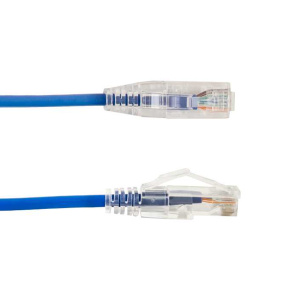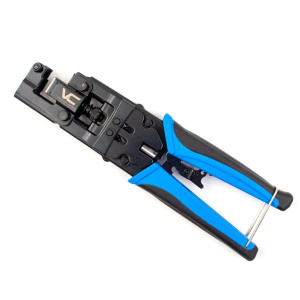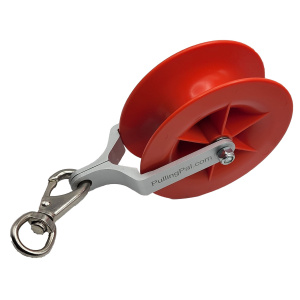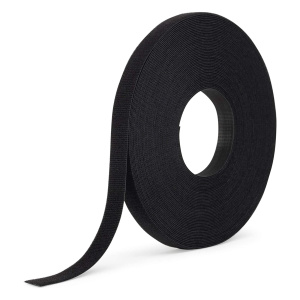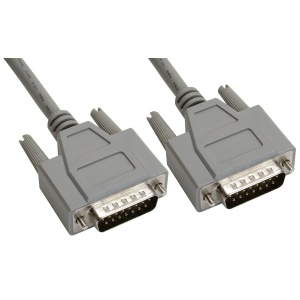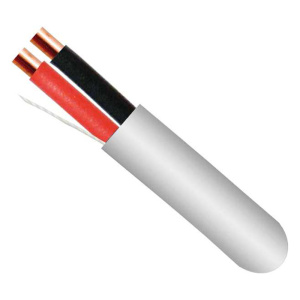Introduction
They’re around us in our homes, cars, and offices. We see them but seldom appreciate their complexity. Yes, we’re talking about cables. Unraveling the enigma that is cable manufacturing can feel like a daunting task. Fear not, we’re here to guide you through it, taking this complex process and Decoding the Art of Cable Manufacturing.
The Core of the Matter: Understanding Cable Basics
Why are cables important?
It’s often easy to overlook the significance of cables in our daily lives. From facilitating internet connections to providing power, cables form the backbone of modern society. To put it simply, without cables, our high-speed, interconnected world would come to a standstill.
What makes up a cable?
Cables might seem simple on the surface, but they’re anything but. From the protective jacket to the conducting core, each component plays a crucial role in functionality. Hang tight, we’ll delve into these components in the upcoming sections.
Getting Down to Brass Tacks: Materials Used in Cable Manufacturing
Conducting the Orchestra: Conductive Materials
The heart of any cable lies in its conductive core, typically made from copper or aluminum. These metals have the right balance of conductivity, flexibility, and affordability, making them an ideal choice.
Standing Guard: Insulating Materials
The conductor, while central to the cable’s function, needs protection. Insulating materials, such as PVC, rubber, or Teflon, prevent electricity from escaping and protect the conductor from external damage.
The Birth of a Cable: The Manufacturing Process
The Conductor: More Than Meets the Eye
In the first stage of cable manufacturing, copper or aluminum wires are drawn out to the desired thickness. They can be used individually or twisted together, based on the cable’s intended application.
The Insulation Game: Wrapping it Up
Next, the conductors are coated with insulation. This prevents short-circuits and electrical leaks. The insulating material used can vary depending on the cable’s purpose and expected operating conditions.
Armoring the Warrior: Ensuring Durability
In some cables, especially those meant for tough conditions, an extra layer of armor is added. This can be a metallic sheath or a layer of braided wires and serves to protect the cable from physical damage.
Quality Assurance: Ensuring the Best
Electrical Testing: Shockingly Important
It’s vital to ensure that the cables can effectively and safely conduct electricity. This is where electrical testing comes in, which checks for faults such as open circuits, short circuits, and insulation resistance.
Physical Testing: It’s a Tough World Out There
Cables often have to withstand harsh conditions, from extreme temperatures to physical stress. Physical testing, therefore, ensures the durability and longevity of the cables under such circumstances.
Decoding the Art of Cable Manufacturing: A Masterclass
So, what does it take to master the art of cable manufacturing? Beyond machinery and raw materials, it requires a deep understanding of electrical principles, material science, and a keen eye for quality. It is this combination of science, engineering, and craftsmanship that makes cable manufacturing truly an art.
Frequently Asked Questions
What are the most common materials used in cable manufacturing?
The most common materials include copper and aluminum for the conductors, and PVC, rubber, or Teflon for the insulation.
How is the quality of cables ensured?
Quality is ensured through rigorous testing. This includes electrical tests to check the cable’s conducting properties and physical tests to assess its durability.
Why are some cables shielded or armored?
Some cables are shielded to protect against electromagnetic interference, which can disrupt signal quality. Armoring is used to protect the cable from physical damage in harsh conditions.
How is the manufacturing process different for various types of cables?
The basic manufacturing process remains the same. However, specific processes may vary depending on the cable type, including the materials used, the thickness of the conductor, and the type of insulation.
Is cable manufacturing environmentally friendly?
While cable manufacturing does involve the use of raw materials and energy, many manufacturers are taking steps towards sustainability. This includes recycling old cables and using greener manufacturing processes.
Why is copper the preferred material for conductors?
Copper is preferred due to its high electrical conductivity and flexibility. However, in some cases, aluminum may be used due to its lower cost and lighter weight.
Conclusion
Unveiling the complex world of cable manufacturing, it becomes evident that this process is truly an art. From selecting the right materials to the manufacturing process, every step involves intricate decisions that balance cost, performance, and durability. Indeed, the humble cable is a testament to human ingenuity, facilitating our modern, interconnected world.


